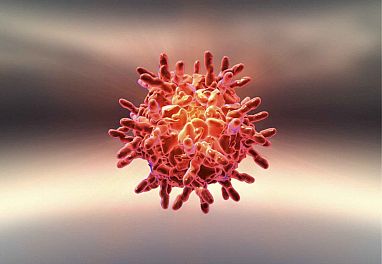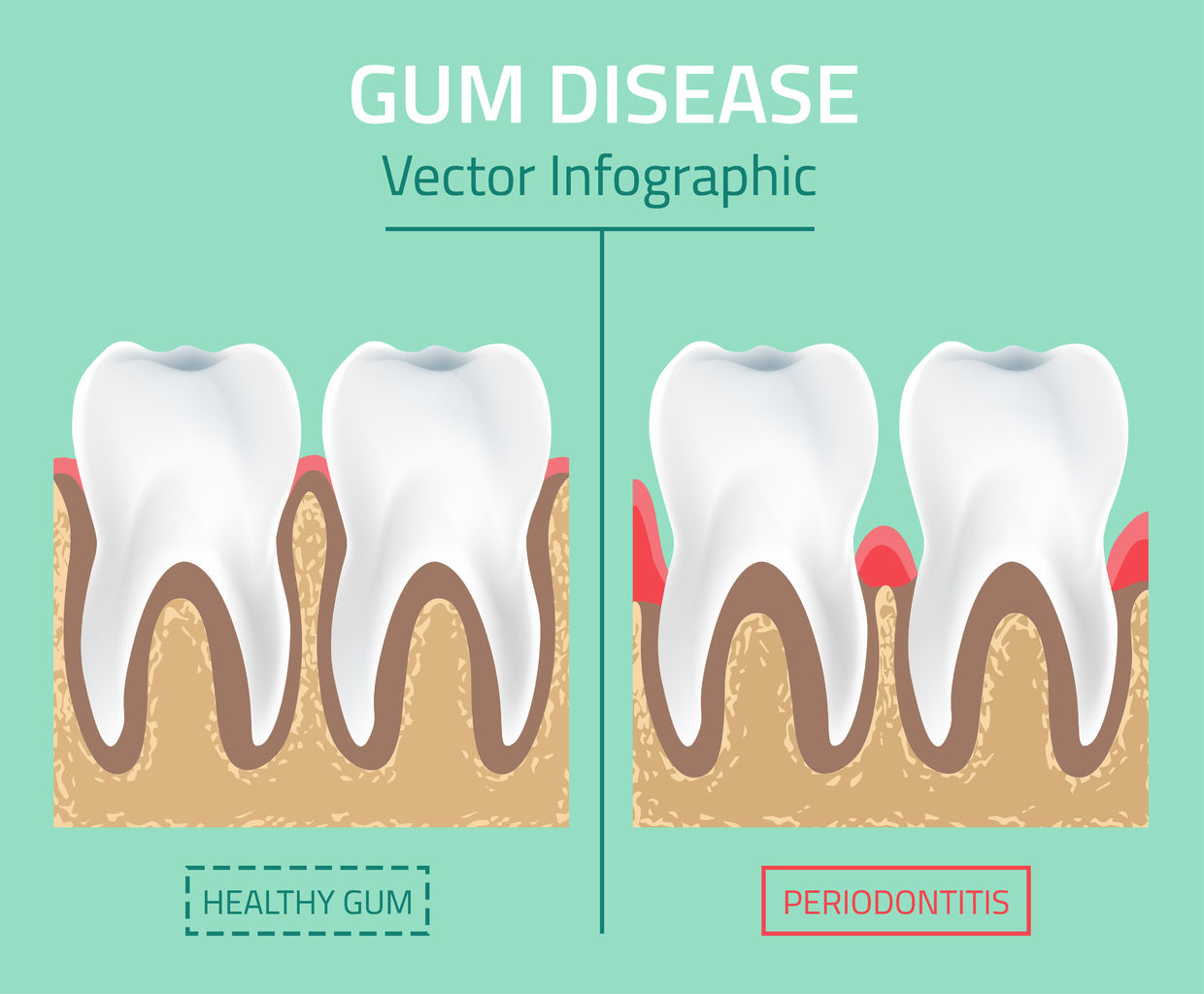Cannabis Research for Bone Cancer
Bone cancer is a malignant (cancerous) tumor of the bone that destroys normal bone tissue.
Not all bone tumors are malignant. In fact, benign (noncancerous) bone tumors are more common than malignant ones. Both malignant and benign bone tumors may grow and compress healthy bone tissue, but benign tumors do not spread, do not destroy bone tissue, and are rarely a threat to life.
Malignant tumors that begin in bone tissue are called primary bone cancer. Cancer that metastasizes (spreads) to the bones from other parts of the body, such as the breast, lung, or prostate, is called metastatic cancer, and is named for the organ or tissue in which it began. Primary bone cancer is far less common than cancer that spreads to the bones.
Common types of primary bone cancer include the following: Osteosarcoma, Chondrosarcoma and The Ewing Sarcoma Family of Tumors (ESFTs). — National Cancer Institute
Below is a Library of Cannabis Research Studies for Bone Cancer.
Peripherally Restricted Cannabinoid 1 Receptor Agonist as a Novel Analgesic in Cancer-Induced Bone Pain
The Journal of International Association for the Study of Pain | September 2018Abstract: “Many malignant cancers, including breast cancer, have a propensity to invade bones, leading to excruciating bone pain. Opioids are the primary analgesics used to alleviate this cancer-induced bone pain (CIBP) but are associated with numerous severe side effects, including enhanced bone degradation, which significantly impairs patients’ quality of life. By contrast, agonists activating only peripheral CB1 receptors (CB1Rs) have been shown to effectively alleviate multiple chronic pain conditions with limited side effects, yet no studies have evaluated their role(s) in CIBP. Here, we demonstrate for the first time that a peripherally selective CB1R agonist can effectively suppress CIBP. Our studies using a syngeneic murine model of CIBP show that both acute and sustained administration of a peripherally restricted CB1R agonist, 4-{2-[-(1E)-1[(4-propylnaphthalen-1-yl)methylidene]-1H-inden-3-yl]ethyl}morpholine (PrNMI), significantly alleviated spontaneous pain behaviors in the animals. This analgesic effect by PrNMI can be reversed by a systemic administration but not spinal injection of SR141716, a selective CB1R antagonist. In addition, the cancer-induced bone loss in the animals was not exacerbated by a repeated administration of PrNMI. Furthermore, catalepsy and hypothermia, the common side effects induced by cannabinoids, were measured at the supratherapeutic doses of PrNMI tested. PrNMI induced mild sedation, yet no anxiety or a decrease in limb movements was detected. Overall, our studies demonstrate that CIBP can be effectively managed by using a peripherally restricted CB1R agonist, PrNMI, without inducing dose-limiting central side effects. Thus, targeting peripheral CB1Rs could be an alternative therapeutic strategy for the treatment of CIBP.” — Study
Prospective Analysis of Safety and Efficacy of Medical Cannabis in Large Unselected Population of Patients with Cancer
European Journal of Internal Medicine | January 2018Abstract: “Cancer is a major public health problem as the leading cause of death. Palliative treatment aimed to alleviate pain and nausea in patients with advanced disease is a cornerstone of oncology. In 2007, the Israeli Ministry of Health began providing approvals for medical cannabis for the palliation of cancer symptoms. The aim of this study is to characterize the epidemiology of cancer patients receiving medical cannabis treatment and describe the safety and efficacy of this therapy…We analyzed the data routinely collected as part of the treatment program of 2970 cancer patients treated with medical cannabis between 2015 and 2017…The average age was 59.5 ± 16.3 years, 54.6% women and 26.7% of the patients reported previous experience with cannabis. The most frequent types of cancer were: breast (20.7%), lung (13.6%), pancreatic (8.1%) and colorectal (7.9%) with 51.2% being at stage 4. The main symptoms requiring therapy were: sleep problems (78.4%), pain (77.7%, median intensity 8/10), weakness (72.7%), nausea (64.6%) and lack of appetite (48.9%). After six months of follow up, 902 patients (24.9%) died and 682 (18.8%) stopped the treatment. Of the remaining, 1211 (60.6%) responded; 95.9% reported an improvement in their condition, 45 patients (3.7%) reported no change and four patients (0.3%) reported deterioration in their medical condition…Cannabis as a palliative treatment for cancer patients seems to be well tolerated, effective and safe option to help patients cope with the malignancy related symptoms.” — Study
GPCRs: Emerging Anti-Cancer Drug Targets
Cellular Signalling | September 2017Abstract: “G protein-coupled receptors (GPCRs) constitute the largest and most diverse protein family in the human genome with over 800 members identified to date. They play critical roles in numerous cellular and physiological processes, including cell proliferation, differentiation, neurotransmission, development and apoptosis. Consequently, aberrant receptor activity has been demonstrated in numerous disorders/diseases, and as a result GPCRs have become the most successful drug target class in pharmaceuticals treating a wide variety of indications such as pain, inflammation, neurobiological and metabolic disorders. Many independent studies have also demonstrated a key role for GPCRs in tumourigenesis, establishing their involvement in cancer initiation, progression, and metastasis. Given the growing appreciation of the role(s) that GPCRs play in cancer pathogenesis, it is surprising to note that very few GPCRs have been effectively exploited in pursuit of anti-cancer therapies. The present review provides a broad overview of the roles that various GPCRs play in cancer growth and development, highlighting the potential of pharmacologically modulating these receptors for the development of novel anti-cancer therapeutics.” — Study
Cannabinoids as Anticancer Drugs
Advances in Pharmacology | June 2017Abstract: “The endocannabinoid system encompassing cannabinoid receptors, endogenous receptor ligands (endocannabinoids), as well as enzymes conferring the synthesis and degradation of endocannabinoids has emerged as a considerable target for pharmacotherapeutical approaches of numerous diseases. Besides palliative effects of cannabinoids used in cancer treatment, phytocannabinoids, synthetic agonists, as well as substances that increase endogenous endocannabinoid levels have gained interest as potential agents for systemic cancer treatment. Accordingly, cannabinoid compounds have been reported to inhibit tumor growth and spreading in numerous rodent models. The underlying mechanisms include induction of apoptosis, autophagy, and cell cycle arrest in tumor cells as well as inhibition of tumor cell invasion and angiogenic features of endothelial cells. In addition, cannabinoids have been shown to suppress epithelial-to-mesenchymal transition, to enhance tumor immune surveillance, and to support chemotherapeutics’ effects on drug-resistant cancer cells. However, unwanted side effects include psychoactivity and possibly pathogenic effects on liver health. Other cannabinoids such as the nonpsychoactive cannabidiol exert a comparatively good safety profile while exhibiting considerable anticancer properties. So far experience with anticarcinogenic effects of cannabinoids is confined to in vitro studies and animal models. Although a bench-to-bedside conversion remains to be established, the current knowledge suggests cannabinoid compounds to serve as a group of drugs that may offer significant advantages for patients suffering from cancer diseases. The present review summarizes the role of the endocannabinoid system and cannabinoid compounds in tumor progression.” — Study
Cannabinoids as Modulators of Cell Death: Clinical Applications and Future Directions
Reviews of Physiology, Biochemistry and Pharmacology | April 2017Abstract: “Endocannabinoids are bioactive lipids that modulate various physiological processes through G-protein-coupled receptors (CB1 and CB2) and other putative targets. By sharing the activation of the same receptors, some phytocannabinoids and a multitude of synthetic cannabinoids mimic the effects of endocannabinoids. In recent years, a growing interest has been dedicated to the study of cannabinoids properties for their analgesic, antioxidant, anti-inflammatory and neuroprotective effects. In addition to these well-recognized effects, various studies suggest that cannabinoids may affect cell survival, cell proliferation or cell death. These observations indicate that cannabinoids may play an important role in the regulation of cellular homeostasis and, thus, may contribute to tissue remodelling and cancer treatment. For a long time, the study of cannabinoid receptor signalling has been focused on the classical adenylyl cyclase/cyclic AMP/protein kinase A (PKA) pathway. However, this pathway does not totally explain the wide array of biological responses to cannabinoids. In addition, the diversity of receptors and signalling pathways that endocannabinoids modulate offers an interesting opportunity for the development of specific molecules to disturb selectively the endogenous system. Moreover, emerging evidences suggest that cannabinoids ability to limit cell proliferation and to induce tumour-selective cell death may offer a novel strategy in cancer treatment. This review describes the main properties of cannabinoids in cell death and attempts to clarify the different pathways triggered by these compounds that may help to understand the complexity of respective molecular mechanisms and explore the potential clinical benefit of cannabinoids use in cancer therapies.” — Review
Promises and Pitfalls of Cannabinoids as Agents with Potential Anticancer Efficacy
Journal of Neurology & Neuromedicine | September 2016Abstract: “The endocannabinoid system is extensively studied in neuroscience and clinical use of cannabinoid derivatives as substances with remarkable spasmolytic effects in multiple sclerosis and antiemetic potential in cancer therapy as well as pain-relieving properties is broadly acknowledged. However, it becomes increasingly apparent, that in addition cannabinoids exert manifold functions in various organ systems, such as the immune system, the reproductive or cardiovascular system among others. Moreover, interactions with signaling pathways involved in programmed cell death, angiogenesis, metastasis or anti-tumor immunity make it highly suggestive that cannabinoids may have therapeutic potential in the treatment of cancer. Indeed, detailed reports have repeatedly shown an cancer efficacy in solid and hematologic tumor models, best characterized in human gliomas. Anecdotal evidence of blast control in a young patient with acute myeloid leukemia has led us to systematically investigate the potential use of cannabinoids in the treatment of acute leukemia. These data are summarized herein in the context of key data regarding an cancer efficacy of cannabinoids.” — Review
Cannabinoids as Therapeutic Agents in Cancer: Current Status and Future Implications
Oncotarget | July 2014Abstract: “The pharmacological importance of cannabinoids has been in study for several years. Cannabinoids comprise of (a) the active compounds of the Cannabis sativa plant, (b) endogenous as well as (c) synthetic cannabinoids. Though cannabinoids are clinically used for anti-palliative effects, recent studies open a promising possibility as anti-cancer agents. They have been shown to possess anti-proliferative and anti-angiogenic effects in vitro as well as in vivo in different cancer models. Cannabinoids regulate key cell signaling pathways that are involved in cell survival, invasion, angiogenesis, metastasis, etc. There is more focus on CB1 and CB2, the two cannabinoid receptors which are activated by most of the cannabinoids. In this review article, we will focus on a broad range of cannabinoids, their receptor dependent and receptor independent functional roles against various cancer types with respect to growth, metastasis, energy metabolism, immune environment, stemness and future perspectives in exploring new possible therapeutic opportunities.” — Study
A Cannabinoid 2 Receptor Agonist Attenuates Bone Cancer-Induced Pain And Bone Loss
Life Sciences | October 2010Abstract: “Cannabinoid CB(2) agonists have been shown to alleviate behavioral signs of inflammatory and neuropathic pain in animal models. AM1241, a CB(2) agonist, does not demonstrate central nervous system side effects seen with CB(1) agonists such as hypothermia and catalepsy. Metastatic bone cancer causes severe pain in patients and is treated with analgesics such as opiates. Recent reports suggest that sustained opiates can produce paradoxical hyperalgesic actions and enhance bone destruction in a murine model of bone cancer. In contrast, CB(2) selective agonists have been shown to reduce bone loss associated with a model of osteoporosis. Here we tested whether a CB(2) agonist administered over a 7day period inhibits bone cancer-induced pain as well as attenuates cancer-induced bone degradation…Osteolytic sarcoma within the femur produced spontaneous and touch evoked behavioral signs of pain within the tumor-bearing limb. The systemic administration of AM1241 acutely or for 7days significantly attenuated spontaneous and evoked pain in the inoculated limb. Sustained AM1241 significantly reduced bone loss and decreased the incidence of cancer-induced bone fractures…These findings suggest a novel therapy for cancer-induced bone pain, bone loss and bone fracture while lacking many unwanted side effects seen with current treatments for bone cancer pain.” — Study
A Decrease In Anandamide Signaling Contributes To The Maintenance Of Cutaneous Mechanical Hyperalgesia In A Model Of Bone Cancer Pain
The Journal of Neuroscience | October 2008Abstract: “Bone destruction from primary or metastatic tumors is associated with severe pain…Tumor growth within the bone is accompanied by infiltration and compression of peripheral nerves as well as release of inflammatory and tumorigenic components, and these factors lead to development of ongoing and movement-evoked pain…Because of its complex nature and multifactor origin, bone cancer pain is difficult to manage and is relatively resistant to suppression by morphine. Cannabinoids offer an alternative opportunity for management of cancer pain…The observations that mechanical hyperalgesia and a decreased level of AEA in the paw were associated with increased expression of FAAH provided the basis for demonstrating that the hyperalgesia was attenuated when the enzyme was inhibited pharmacologically. These data provide a rationale for the local, peripheral use of FAAH inhibitors in the management of cancer pain. Moreover, localization of an increase in FAAH expression to DRG neurons provides a rationale for extended analgesia in cancer pain by delivery of a FAAH siRNA to selectively suppress FAAH activity in DRG neurons. In addition, increased expression of CB1 receptors on DRG neurons ipsilateral to tumors in tumor-bearing mice provides a basis for local injection of CB1 receptor agonists to suppress tumor-evoked pain. These strategies may provide important alternatives in the management of cancer pain in light of the low effectiveness of opioids as well as side effects associated with systemic cannabinoid administration. ” — Study
Role Of Cannabinoid Receptors In Bone Disorders: Alternatives For Treatment
Drug News and Perspective | December 2008Abstract: “A number of recent preclinical studies have demonstrated the potential role of cannabinoids and their receptors in bone metabolism. Pharmacological and genetic modulation of cannabinoid receptors indicate that cannabinoid ligands may provide attractive and novel agents for the treatment of bone diseases. This article reviews the role of cannabinoid receptors in regulating bone mass, bone loss and bone cell function in health and disease. The article also provides support to the notion that cannabinoid receptor ligands show a great promise in the treatment of bone diseases associated with accelerated osteoclastic bone resorption including osteoporosis, rheumatoid arthritis and bone metastasis.” — Study FAIR USE NOTICE: This site contains copyrighted material the use of which has not always been specifically authorized by the copyright owner. We are making such material available in our efforts to advance understanding of issues of significance. We believe this constitutes a ‘fair use’ of any such copyrighted material as provided for in section 107 of the US Copyright Law. In accordance with Title 17 U.S.C. Section 107, the material on this site is distributed without profit to those who have expressed a prior interest in receiving the included information for research and educational purposes.






